The first answer that may come to mind is it’s their poop– but in reality, that’s incorrect. To find the answer to this quest, we look at the nutrient management requirements for growing garlic. Here I am focusing on garlic’s need for Sulfur. Sulfur helps garlic plants resist disease, aids in bulb growth and is included in their sulfur compounds.
But back to the question. To find the answer, one needs to recognize what chickens, alpacas and llamas have in common: their feathers and hair contain the sulfur rich protein called keratin.
Keratin is a protein found in feathers and hair. It is unique in its content of sulfur amino acid, like cysteine. Its organic sulfur content that drew us to keratin for fertilizing our garlic. In our local area, we have ready access to alpaca and llama hair. We use these keratin sources to make our liquid input. We use a range of different protein sources for growing vegetables, like plant, seafood, animal, microbial, in order to get a diversity of amino acid profiles. As growers, when we are planning our use of organic N sources, the amino acid profile means as much as the total nitrogen content.
Garlic is a heavy feeder of Nitrogen, Potassium and Sulfur (NKS). We utilize the feathers and hair in liquid form, supplemented with humic acid, kelp and garlic extract, to provide the garlic with a readily available supply of NKS. We include the garlic extract in this liquid recipe because it contains organic nitrogen and sulfur and also saponins, which are detergent like compounds similar to those found in yucca. The saponins aid in the transport of these nutrients into the soil.
We use this NKS liquid every 2 weeks while the garlic is growing, but stop once the scapes start to form. Besides using garlic in our home kitchen, it is also a high-value crop enjoyed by local chefs. We take great satisfaction in producing great tasting garlic, using a fertility formula made on-farm.
As with all of our formulations, we begin by first asking the question, “what problem do we want to solve?” Our process then follows GreenQuest’s 3E’s for Resilient Solution Development.
From a ‘form follows function’ or the ‘how follows the why’ perspective, our Resilient Solution Development approach typically takes a specific 3-sided form. The triangle is formed based on the 3E’s of Effectiveness, Economical, and Executable. The triangle is filled with the grower’s definition of success.
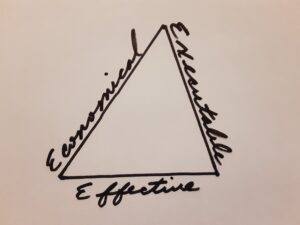 We use the 3E’s as a filter, to determine what solutions make it to the trial phase. As growers, we determine what is effective, economical, and executable. Our goal is to produce a resilient solution that we find effective to solve the stated problem, can afford within our budget, and we are able to execute within our systems. As cooks with lab coats we can produce value, but only in our role as growers can we define it.
We use the 3E’s as a filter, to determine what solutions make it to the trial phase. As growers, we determine what is effective, economical, and executable. Our goal is to produce a resilient solution that we find effective to solve the stated problem, can afford within our budget, and we are able to execute within our systems. As cooks with lab coats we can produce value, but only in our role as growers can we define it.

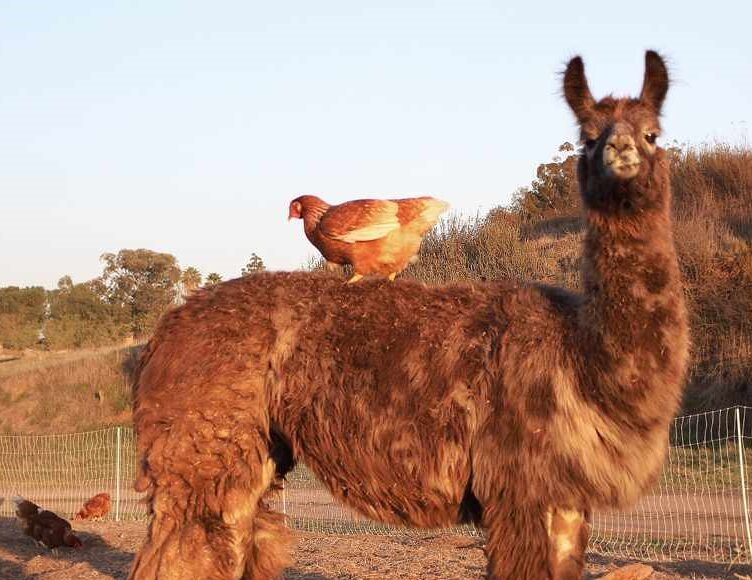
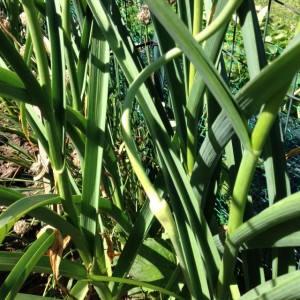
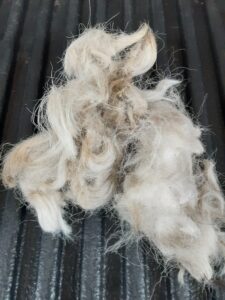
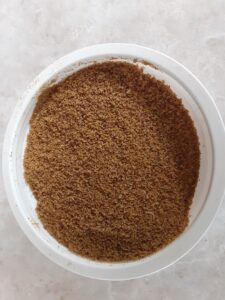
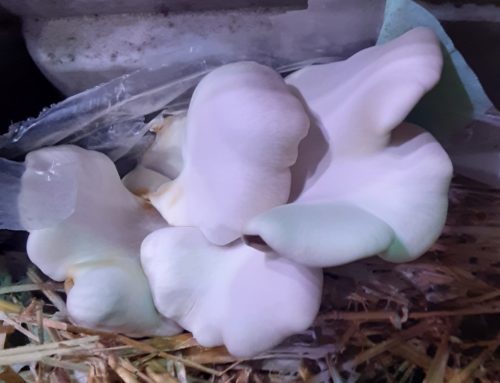
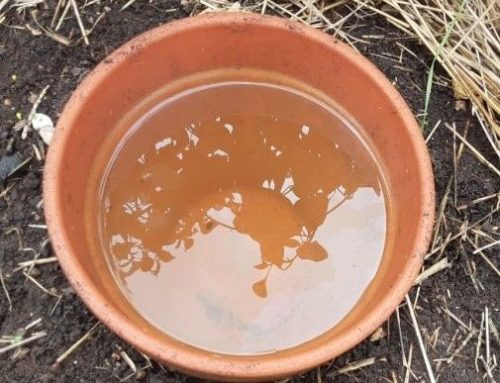
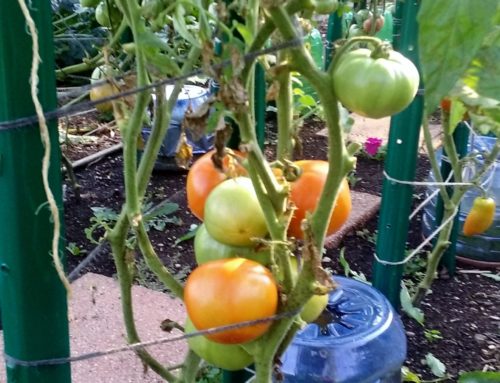
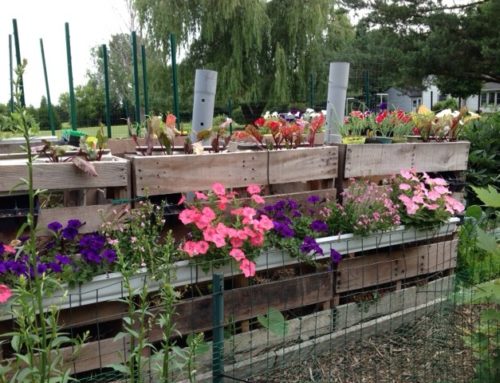
Leave A Comment